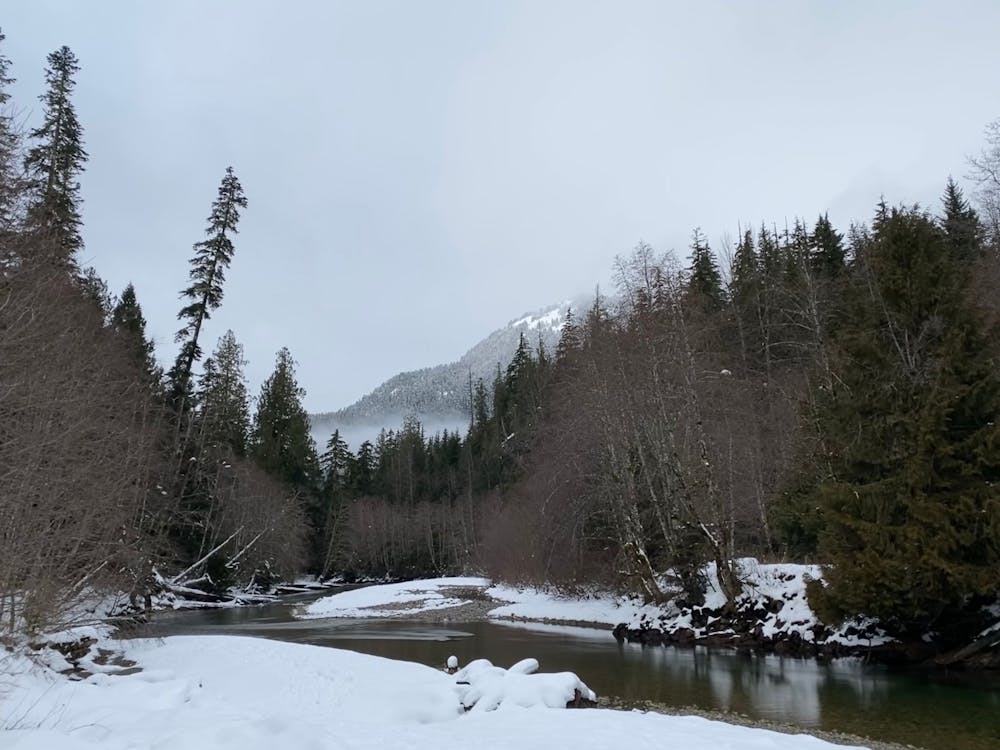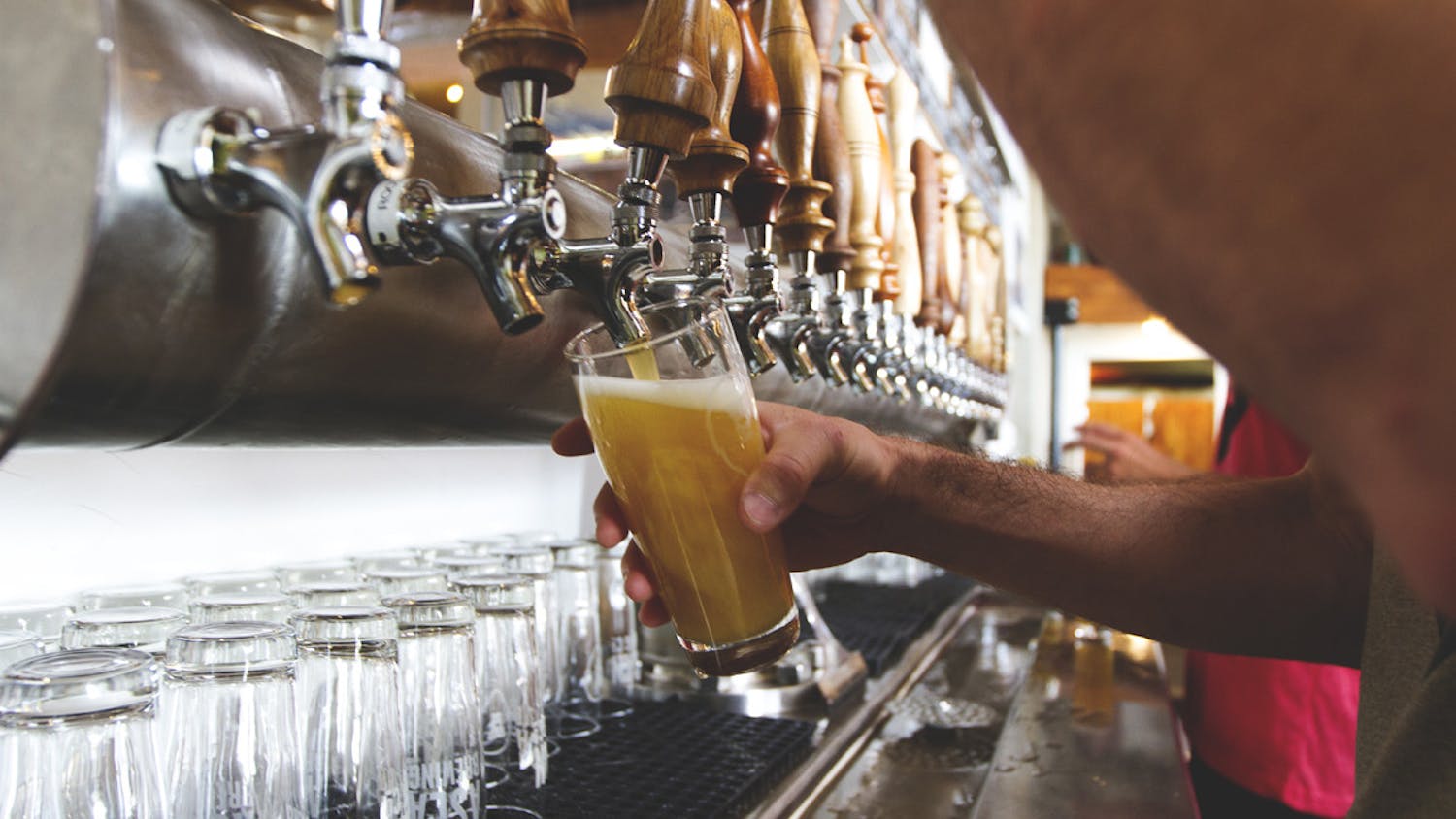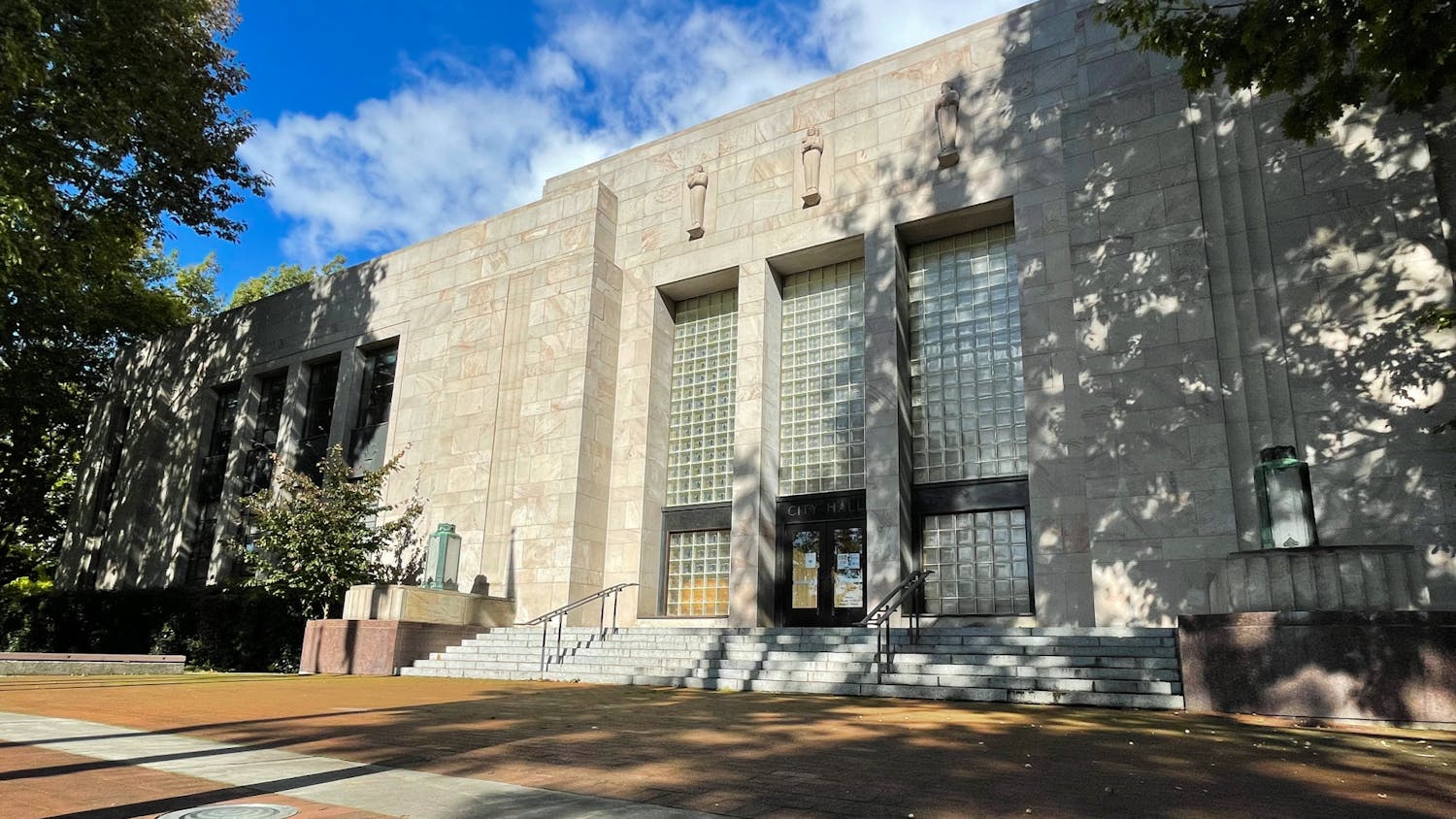Another La Niña is expected this winter, but it may not be enough to reverse the damages brought by climate change on Whatcom’s salmon population.
“La Niña” is a shift in weather patterns caused by strong winds that cool waters in the eastern Pacific, bringing colder temperatures, rain and flooding to the Pacific Northwest.
Last year’s winter was an example of this event but was ultimately disappointing. Even though it brought an above average snowpack, temperatures still remained warmer than past years.
The current forecasts on whether the Pacific Northwest will have a La Niña winter this year are iffy, said Andy Bach, professor of environmental geography at Western Washington University.
“The average forecast does not currently indicate a La Niña is going to form,” he said in an email. “[In] the last couple [of] months the Equatorial temperatures are trending upwards, but we often see big changes in the next couple of months if a La Niña [is going to] form.”
Even as rising greenhouse gas emissions alter the global climate in the long-term, the natural variations of a La Niña can cause short-term cooling trends in the region if sustained for a significant period of time, according to the Climate Impact Group.
“This winter could be a back to back La Niña event,” said Karin Bumbaco, research scientist at the University of Washington and Washington’s assistant state climatologist. “But regardless if there’s a La Niña, we can still experience flooding in Western Washington.”
But despite the snowfall and precipitation of last winter, some salmon in Whatcom County are struggling to survive in the watershed.
“The ocean temperatures are going up, slowly but surely,” said Pete Granger, a fisherman who reefnets for Legoe Bay Fisheries and board member of the Working Waterfront Coalition in Whatcom County. Granger has reefnetted around Lummi Island and Alaska for most of his life and has noticed significant changes recently.
“Salmon start to get stressed out when temperatures exceed 18 degrees Celsius and become susceptible to bacterial diseases,” he said. “There is also an oxygen deprivation problem that seriously affects shellfish stock as well. Regardless of whether we get significant snowpack and rain from a La Niña, I don’t think this looks good for the long run.”
The excess snowpack formed during a La Niña winter is crucial for healthy salmon in the spring and summer, but the heat wave that followed last year’s winter immediately wiped out the snowpack that had been built up.
At the beginning of June, the snowpack around the Nooksack River was slightly above average, and by the beginning of July, it had completely vanished.
“Chances are that there will be lingering effects of the drought this last summer even with a stronger La Niña,” Bumbaco said.
There are many factors that contribute to salmon survival, as they are most sensitive during their first spring and summer after hatching. Shortage of food supply for salmon is one of the overarching reasons, as weather changes contribute to shifts in the behavior of both phytoplankton and zooplankton, according to the Marine Survival Project.
“What we really need is more snow melt,” said Hem Nalini Morzaria-Luna, a marine ecologist working with the Salish Sea Marine Survival Project.
She said the overall projections as of now are more droughts in the summer and more precipitation in the winter, which will increase stream flows but at warmer temperatures, because the water won’t be coming from snow melt.
“You have the flooding that causes loss of habitat for spawning salmon, and when you have that increased temperature it affects salmon migration and spawning,” she said. “The interplay of climate change and the natural variations of La Niña are going to continue to create these conditions that are not good for salmon.”
Solutions to the climatic impacts will have to be evaluated stream by stream and river by river as local communities get together to bring the changes needed to ensure the health of their watersheds, Morzaria-Luna said.
The City of Bellingham has additional information about salmon recovery on their website.
Jonathan Tall (he/him) started pursuing journalism at Western after getting his degree in Economics and Political Science. Interested in everything from international politics to environmental issues, you can find him reporting on city news or at the gym failing to deadlift way more than he’s able to.
You can reach him at jontall21@gmail.com






